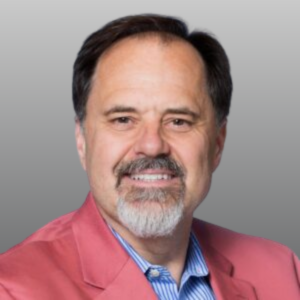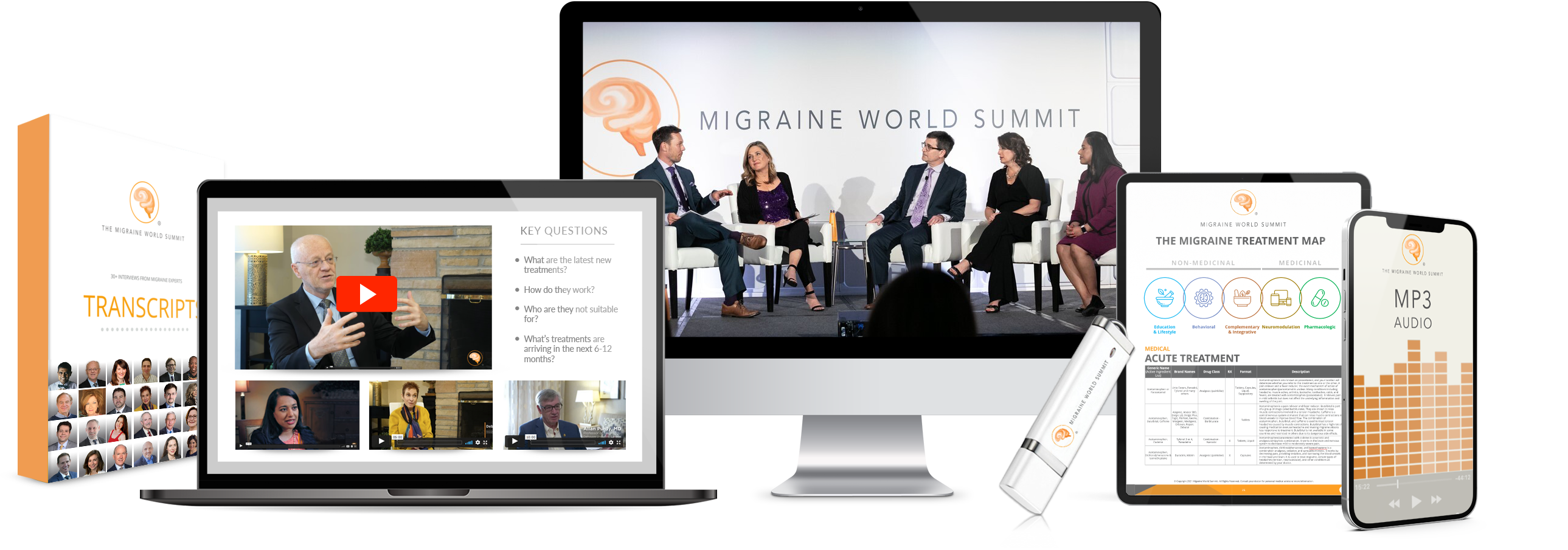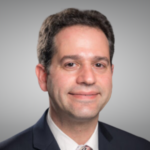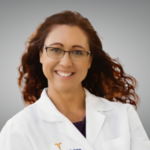New Daily Persistent Headache: Pain That Won’t Stop
You are currently watching a preview of this interview. Unlock the full version by upgrading to an Access Pass bundle! Get FREE access to 8 expert interviews from Day 1 and Day 2 when you register today!
Key Questions
- ¿Qué es la cefalea diaria persistente de novo (CDPDN)?
- ¿Quiénes suelen ser afectados por la CDPDN?
- Además del dolor de cabeza, ¿qué síntomas están asociados con la CDPDN
- ¿Qué sabemos sobre los desencadenantes del dolor de cabeza continuo?
- ¿En qué se diferencia la CDPDN de la cefalea tensional crónica?
- ¿Qué opciones existen para tratar la CDPDN?
- ¿Los tratamientos se vuelven menos efectivos con el tiempo?
- ¿Son útiles los enfoques de estilo de vida y otros no farmacológicos en el tratamiento de condiciones de dolor de cabeza persistente?
- ¿Qué consejo le darías a alguien que siente que ha probado todo para manejar su trastorno de dolor de cabeza?
- ¿Existen historias de éxito de pacientes que han controlado la CDPDN?
Interview Notes
- Andrew D. Hershey, MD
- Cincinnati Headache Center
- ClinicalTrials.gov
- American Headache Society
- International Headache Society
- National Pain Advocacy Center
- Study: “Comparison of continuous headache features in youth with migraine, new daily persistent headache, and persistent post-traumatic headache”
- Article: “Chronic Pain: What You Need To Know”
Treatments Mentioned
- Anti-seizure medicines
- CGRP monoclonal antibodies (mAbs)
- Cognitive behavioral therapy (CBT)
- Exercise
- Healthy eating
- Hydration
- Neuromodulation
- Pain modulation devices
- Regular sleep
- TENS devices
- Tricyclic antidepressants
- Vagus (vagal) nerve stimulation
Please note: The Migraine World Summit’s aim is to bring you a variety of perspectives and expertise, independent of bias or judgment. Alternative theories presented in this video have not been medically reviewed. Views expressed in this interview do not necessarily represent the views of the Migraine World Summit. Please always consult your health care professional and do your own research before making changes to your treatment plan.
This is a Spanish translation of an expert interview from the Migraine World Summit 2024. All interviews have been carefully translated and medically reviewed.
Nota editorial: Hay veces que la traducción dice “cefalea diaria persistente nueva” pero la clasificación correcta, de acuerdo a la clasificación internacional de trastornos de cefalea en español es “cefalea diaria persistente de novo”.

Andrew D. Hershey, MD, PhD, FAAN, FAHS
Endowed Chair & Director of Neurology; Professor of Pediatrics & Neurology
Cincinnati Children's Hospital Medical Center; University of Cincinnati College of Medicine
Dr. Hershey is a board-certified neurologist and the endowed chair and director of neurology at Cincinnati Children’s Hospital Medical Center. He also is a professor of pediatrics and neurology at the University of Cincinnati College of Medicine. Dr. Hershey’s research interests currently include the improved diagnosis and treatment of childhood headache disorders, characterization of outcome responses, studies in new pharmacological and nonpharmacological treatment regimes, and the genomics of migraines.
Dr. Hershey has been an active member of the International Headache Society since 1998, serving on several committees, including the Child and Adolescent Standing Committee (currently the chair of the committee), the Classification Committee, and most recently, the Grading Committee. He is also active in the American Headache Society (AHS), where he served as a board member from 2006-2016, as well as on several sections, and is currently the chair of the Guidelines Committee. For the American Academy of Neurology (AAN), he served two terms as the chair of the Headache and Facial Pain Section and was involved with writing the acute and preventive treatment guidelines for children and adolescents with migraine, co-sponsored by the AAN and the AHS. He has actively advised on many pharmaceutical studies and is an active member of several committees for the National Institutes of Health, including study groups under the HEAL (Helping to End Addiction Long-Term) Initiative.

Purchase full access to the entire 2024 Summit. Includes:
- All expert interviews with separate audio (MP3) files & transcripts
- Lifetime on-demand access with no annual fee to 2024 Summit
- Interview Summaries
- Treatment Guidelines
- And much more!
Related Talks for: Day 4 (2024)
What to Expect: Nurtec ODT, Ubrelvy, Qulipta & Zavzpret
Matthew Robbins, MD
The Nervous System, Stored Trauma & Migraine
Aimie Apigian, MD, MS, MPH
When Headache Starts Behind the Eyes
Deborah Friedman, MD, MPH, FAAN, FAHS

Enjoy a one-page summary of the key facts and insights from every interview. Save time and discover the important and essential points quickly. Available when you purchase a VIP Pass.





